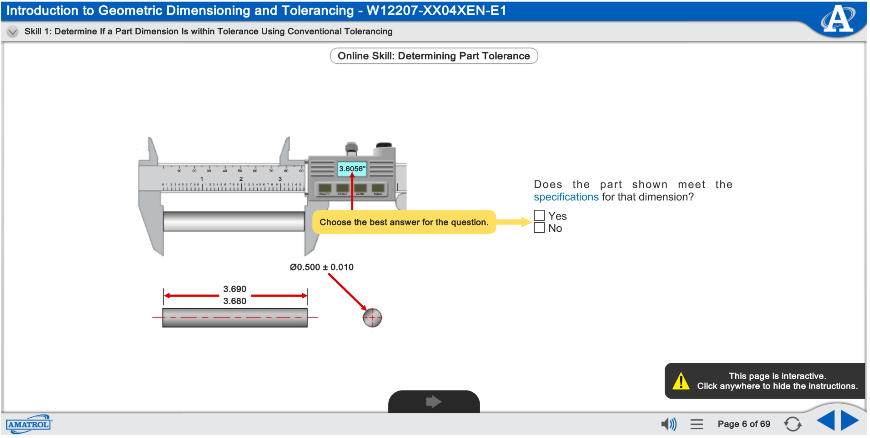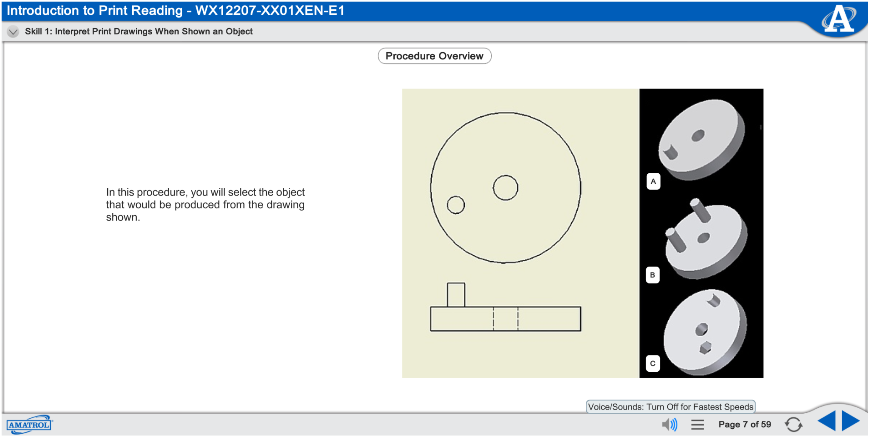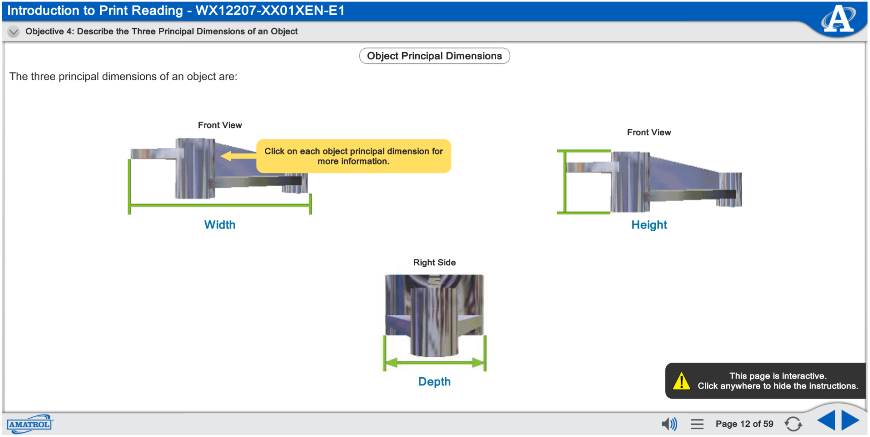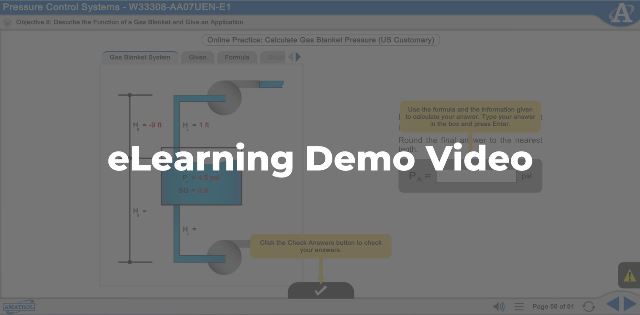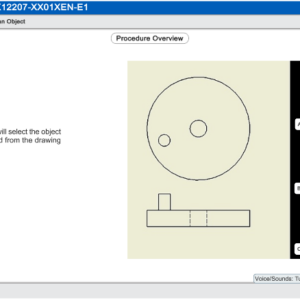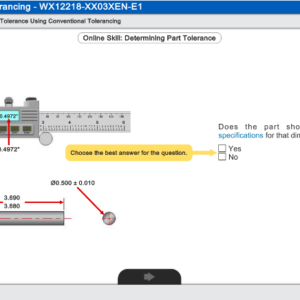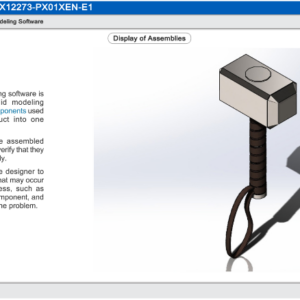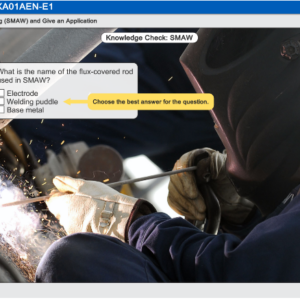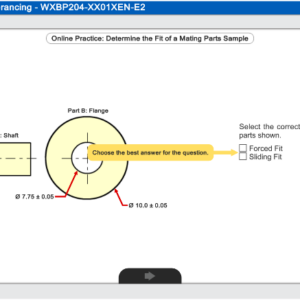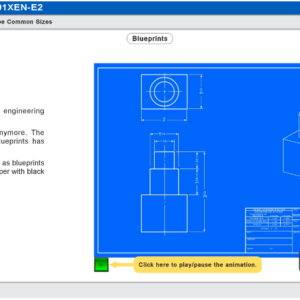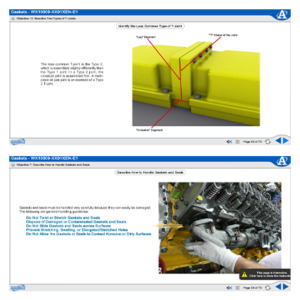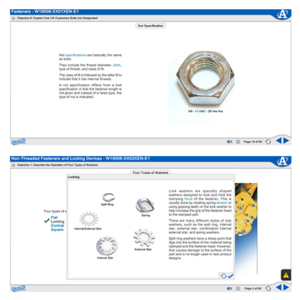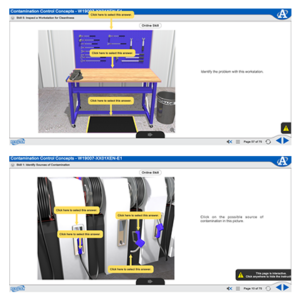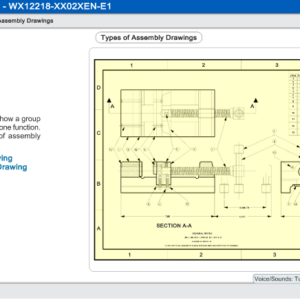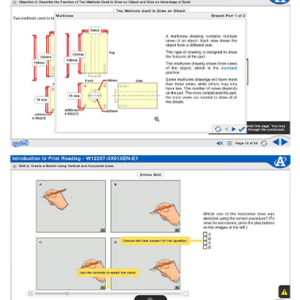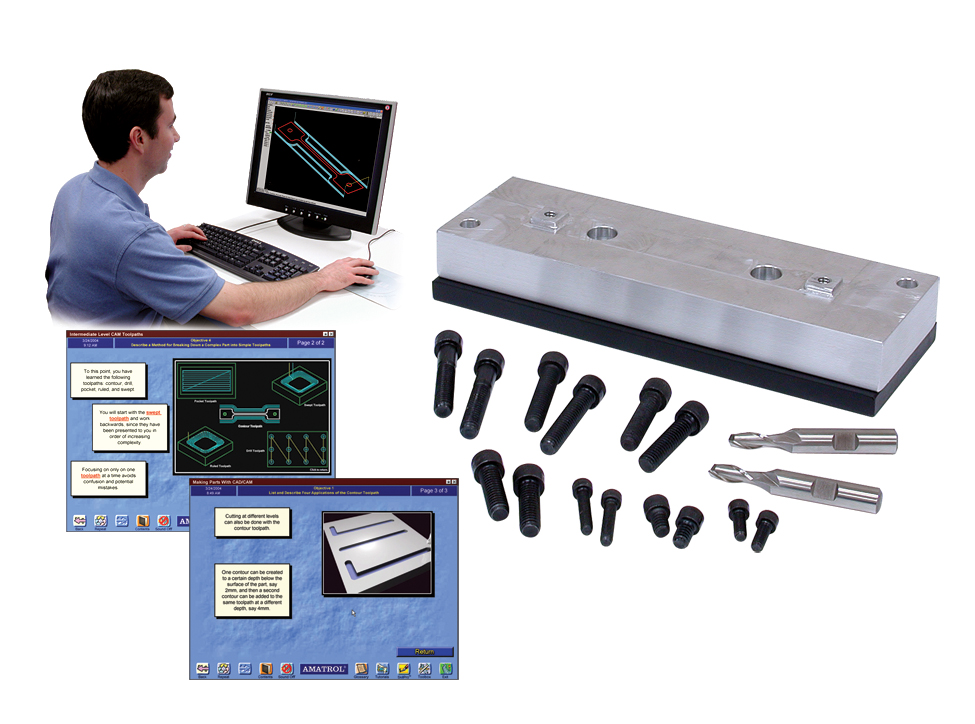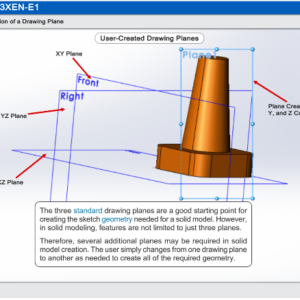Print Reading is a foundational skill use throughout many industries. Amatrol’s Print Reading eLearning Courseware (M12207) covers topics like print dimensioning, assembly drawings and fasteners, and geometric dimensioning & tolerancing (GD&T). Learners using Amatrol’s print reading training course will study sketching, multiview drawings, dimensioning rules, first-angle projection, holes and fasteners, assembly drawings, assembly tolerances, and feature control frames. From this building block, learners can practice industry-relevant skills like selecting the appropriate number of views for an object, interpreting information blocks on a print, and calculating the limits of a dimension given its tolerance.
- HOME
- PRODUCTS
- eLearning
- Hands-On Workstations
- Assessment Systems
- Skill Boss Manufacturing
- Skill Boss Logistics
- High School Learning Programs
- College Learning Programs
- Industry Training Programs
- Industrial Certification Preparation
- Portable Training Systems
- Product Catalogs | Family of Companies
- eBooks
- FaultPro | Electronic Fault Insertion & Troubleshooting System
- Virtual Simulators
- Student Reference Guides
- Furniture
- PRODUCT CATEGORIES
- INSTRUCTOR TRAINING
- SUPPORT
- FAQ
- NEWS & MEDIA
- COMPANY


